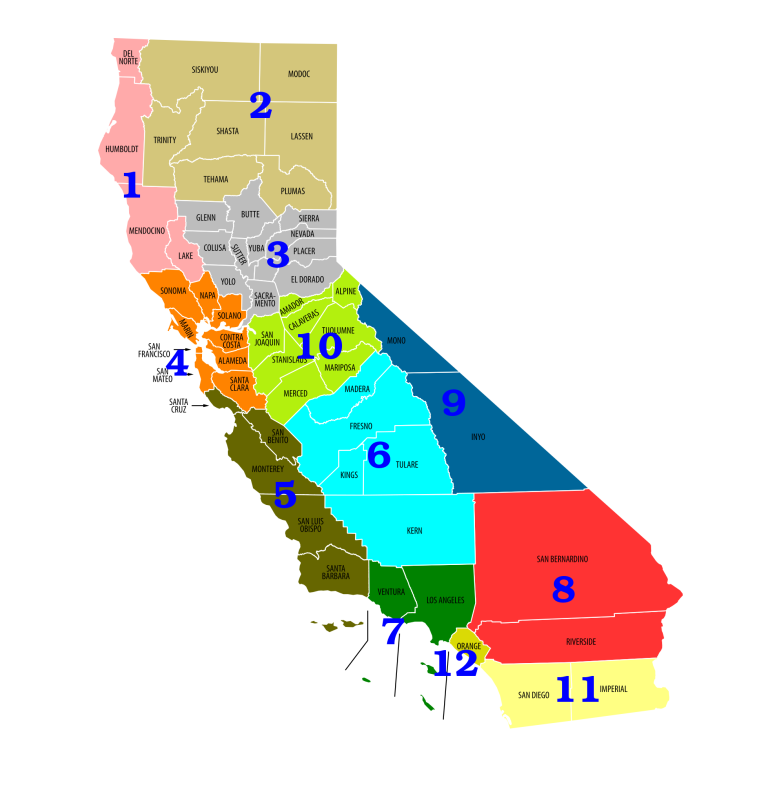Connecticut Road Cams - A Guide to Traveling in the Constitution State
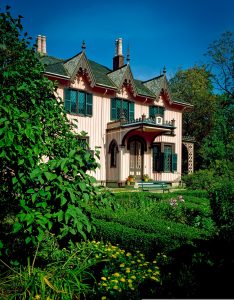
Connecticut is a small but diverse state in the northeastern region of the United States. It is one of the original 13 colonies that declared independence from Britain in 1776. It is also known as the Constitution State, the Nutmeg State, and the Provisions State. Connecticut has a rich history, culture, and natural beauty that attract millions of visitors every year.
The state is divided into three geographic regions: the Western Upland, the Central Lowland, and the Eastern Upland. The Western Upland is characterized by steep hills and valleys, including the state’s highest point, Mount Frissell. The Central Lowland is where the Connecticut River, the longest river in New England, flows through the center of the state and into the Long Island Sound. The Eastern Upland is covered by forests, rivers, and lakes.
Connecticut has many major routes that connect its cities and towns with neighboring states and beyond. Some of the most important highways are Interstate 95, which runs along the coast from New York to Rhode Island; Interstate 91, which follows the Connecticut River from Massachusetts to New Haven; Interstate 84, which crosses the state from New York to Massachusetts; and Interstate 395, which connects Norwich with Worcester, Massachusetts.
The state also has many popular attractions that appeal to different interests and tastes. Some of the most visited places are Mystic Seaport, a restored 18th-century whaling village; Yale University, one of the oldest and most prestigious universities in the country; Mark Twain House and Museum, where the famous author lived and wrote; Gillette Castle State Park, a medieval-style mansion built by actor William Gillette; and Lake Compounce, the oldest continuously operating amusement park in America.
Connecticut’s roads can be affected by various factors such as congestion, weather, accidents, and construction. Some of the most congested areas are in and around Hartford, New Haven, Bridgeport, Stamford, and Waterbury⁴. The state also experiences four distinct seasons, with cold and snowy winters and hot and humid summers. Drivers should be prepared for changing road conditions and plan ahead for their trips.
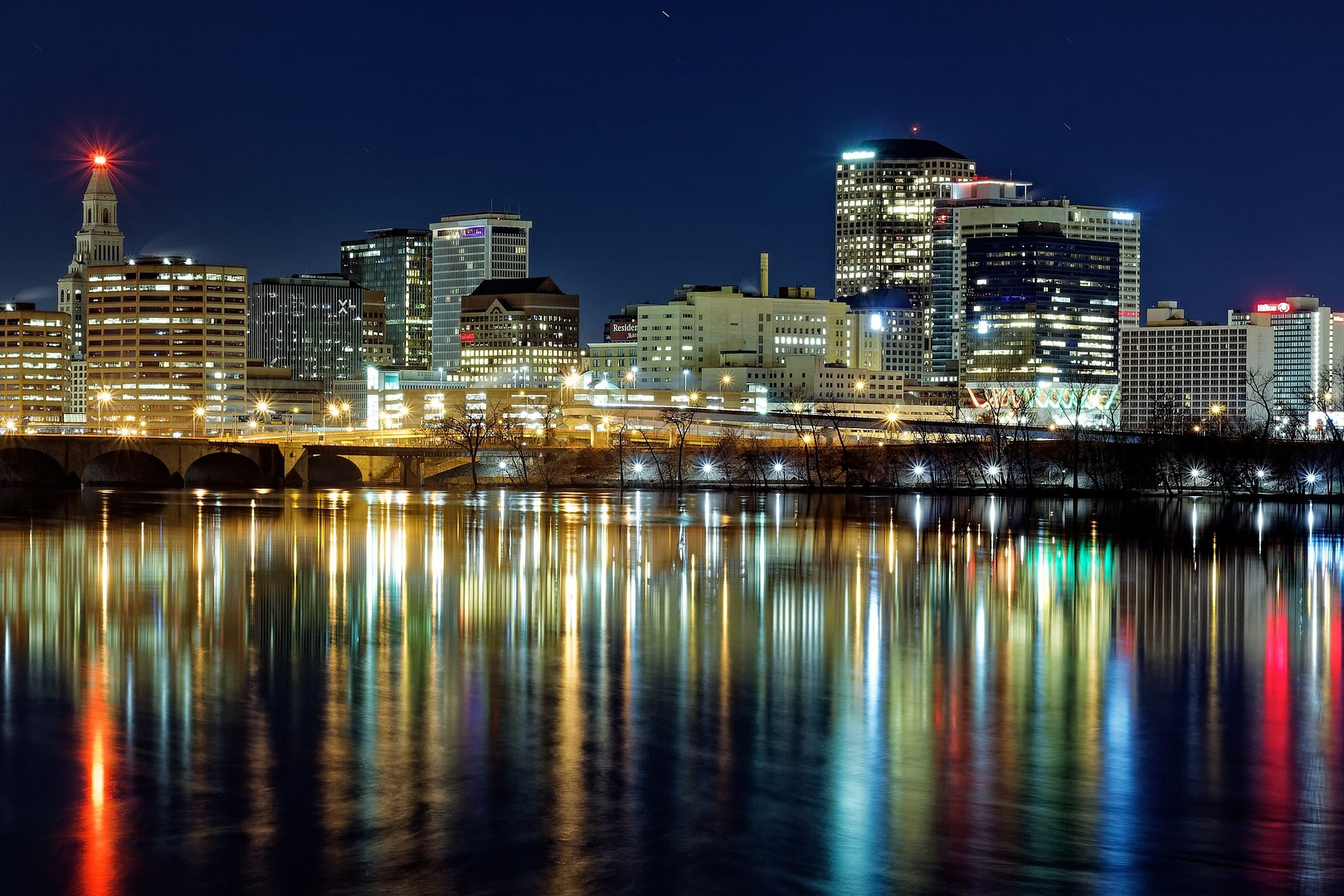
Hartford
The capital of Connecticut and one of the oldest cities in America. It is known for its insurance industry, cultural institutions, historic landmarks, and diverse neighborhoods.
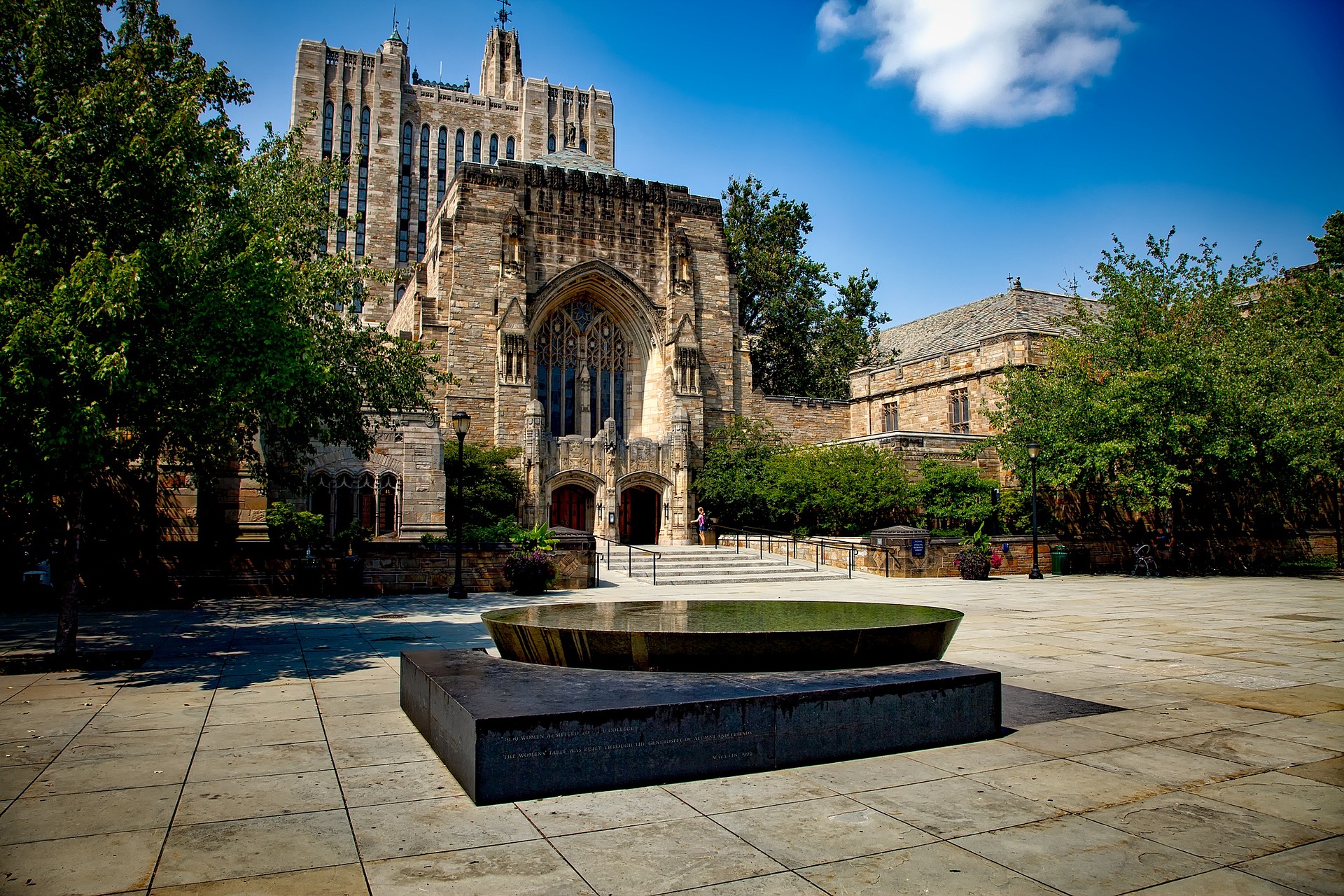
New Haven
The second-largest city in Connecticut and home to Yale University. It is famous for its pizza, museums, festivals, architecture, and innovation.
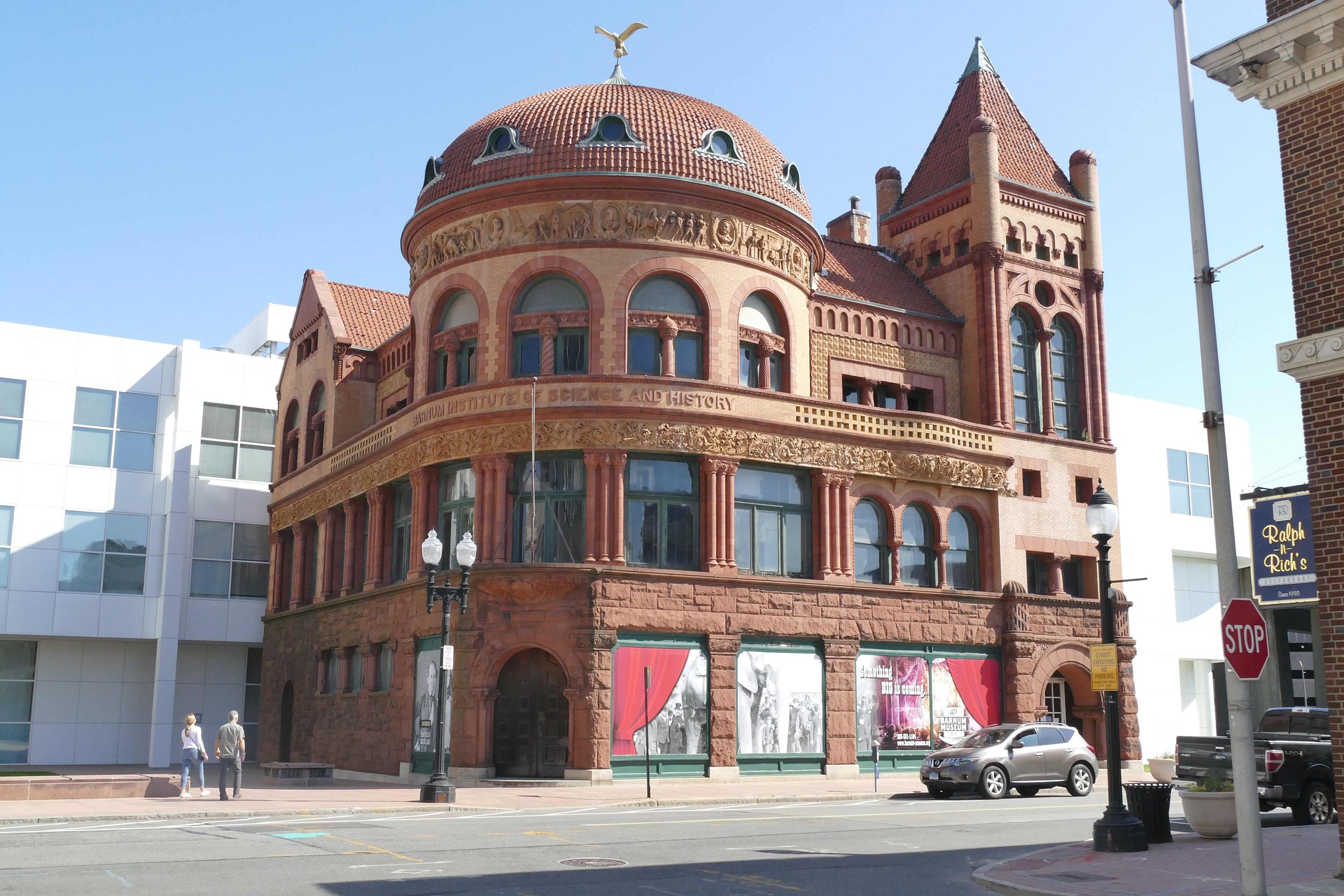
Bridgeport
The largest city in Connecticut and a major port on the Long Island Sound. It is a center of commerce, industry, education, entertainment, and arts.
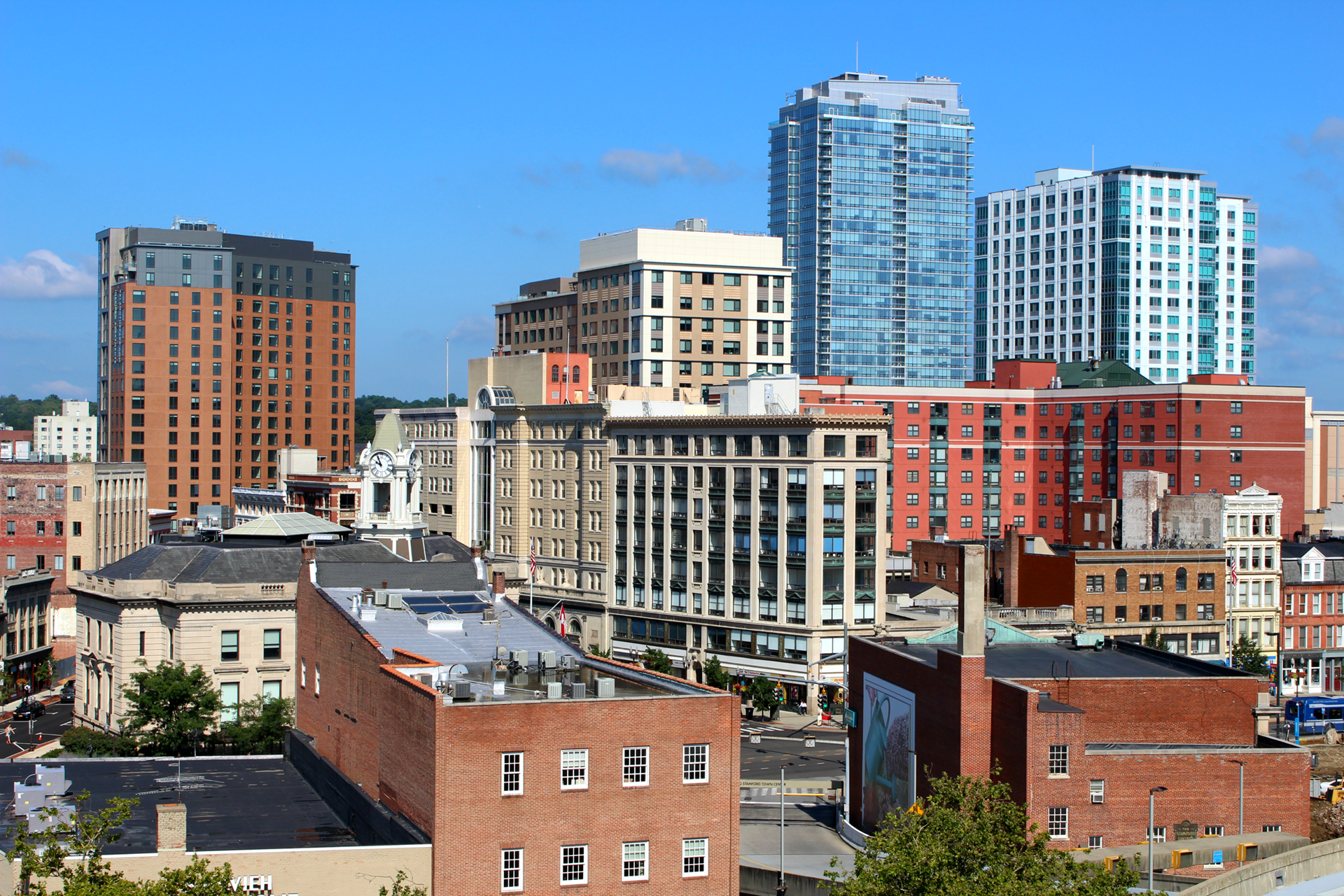
Stamford
The third-largest city in Connecticut and a hub of business and finance. It has a vibrant downtown area with shopping, dining, nightlife, and cultural attractions.
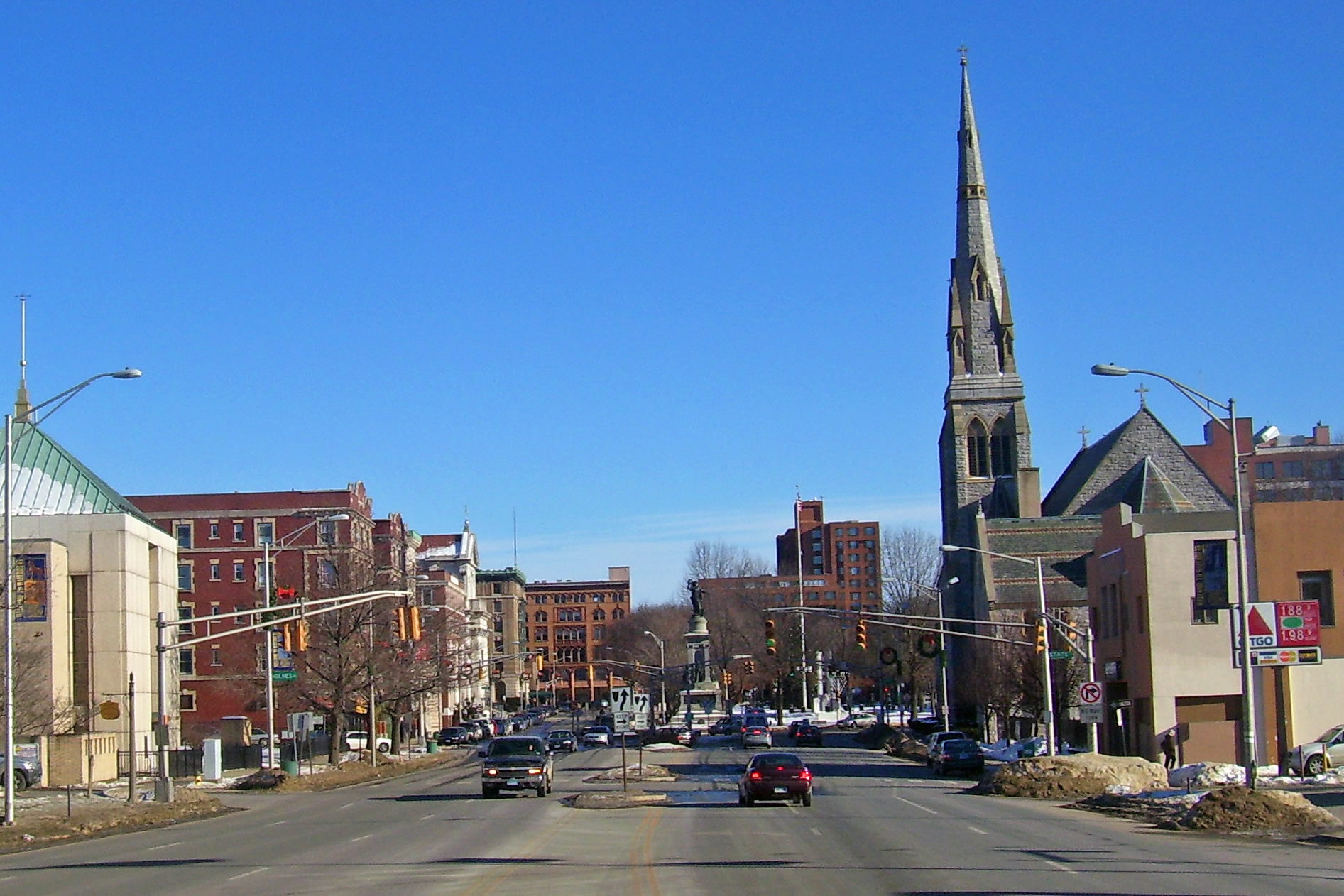
Waterbury
The fifth-largest city in Connecticut and nicknamed "The Brass City" for its metal manufacturing history. It has a rich heritage of immigration, architecture, industry, and civic engagement.
For those who enjoy scenic drives, Connecticut offers many options to explore its natural and cultural beauty. Some of the most scenic routes are Route 169, which passes through historic villages and farms in the Eastern Upland; Route 7, which follows the Housatonic River and offers views of waterfalls and mountains in the Western Upland; Route 15, also known as the Merritt Parkway or Wilbur Cross Parkway, which showcases art deco bridges and landscaping in the Central Lowland; and Route 146, which hugs the shoreline and passes through quaint towns and beaches along the Long Island Sound.
Connecticut is a state that has something for everyone. Whether you are looking for history, culture, nature, or fun, you will find it here. Come and discover why Connecticut is a great place to visit and live.
Connecticut’s Major Highways
Interstate 95: The main highway along the coast of Connecticut, connecting New York, New Haven, Bridgeport, Stamford, and Rhode Island.
Interstate 91: The main highway along the Connecticut River, connecting New Haven, Hartford, Springfield (MA), and Vermont.
Interstate 84: The main highway across central Connecticut, connecting New York, Waterbury, Hartford, and Massachusetts.
Interstate 395: The main highway in eastern Connecticut, connecting New London, Norwich, and Massachusetts.
Interstate 691: A connector highway between I-91 and I-84 in Meriden.
Interstate 291: A connector highway between I-91 and I-84 in Windsor and Manchester.
Interstate 384: A connector highway between I-84 and Manchester.
U.S. Route 1: A parallel route to I-95 along the coast of Connecticut.
U.S. Route 5: A parallel route to I-91 along the Connecticut River.
U.S. Route 6: A parallel route to I-84 across central Connecticut.
U.S. Route 7: A north-south route in western Connecticut, connecting Norwalk, Danbury, and Massachusetts.
U.S. Route 44: A east-west route in northern Connecticut, connecting New York, Torrington, Hartford, and Rhode Island.
U.S. Route 202: A loop route in western Connecticut, connecting New York, Danbury, Litchfield, Torrington, and Massachusetts.

